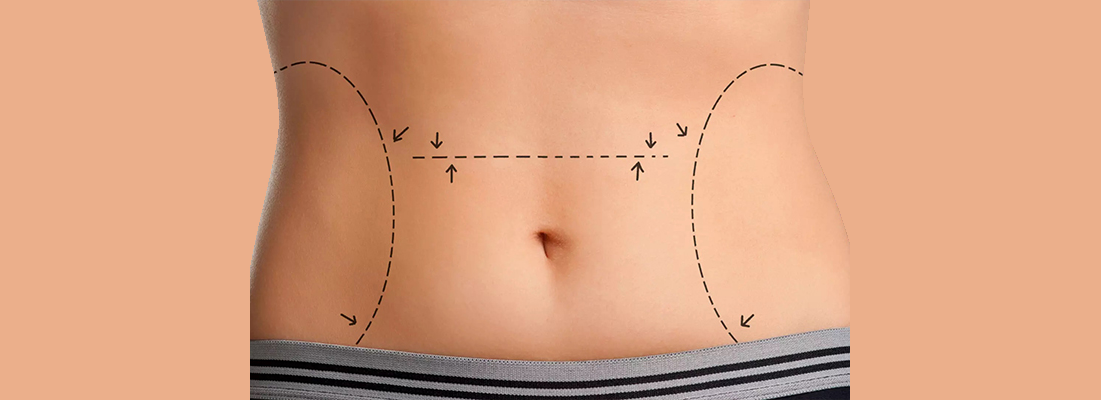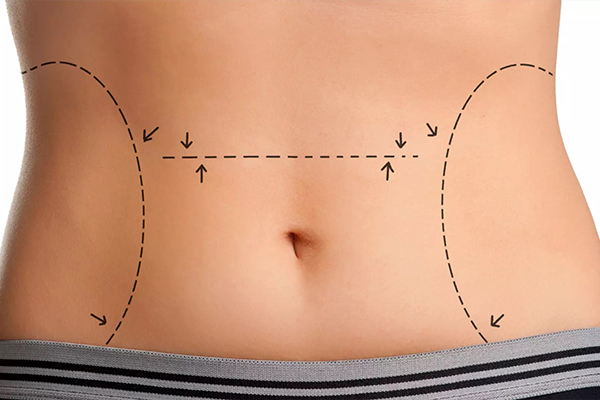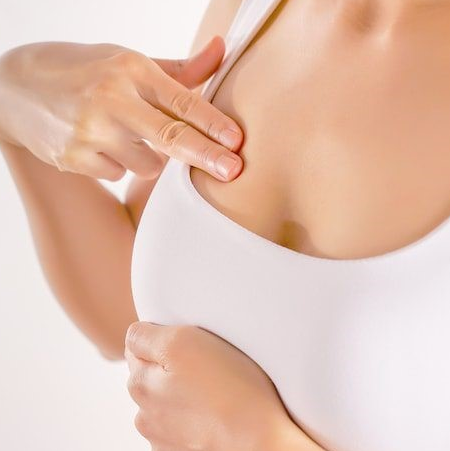
Liposculpture surgery in Iran
Excess fat can be eliminated from problem areas like the stomach, hips, thighs, and arms by liposculpture surgery, a cosmetic operation. Iran’s modern hospitals, highly trained doctors, and relatively affordable prices have made it a popular destination for anyone seeking medical care, including cosmetic surgery, abroad.
Liposculpture surgery is available at a wide variety of clinics and hospitals around Iran, with procedures performed by board-certified plastic surgeons utilizing cutting-edge technology. Location, extent of surgery, and expertise of the surgeon all play a role in the cost of liposculpture in Iran.
Liposculpture surgery is a serious decision that should not be made lightly or impulsively, whether in Iran or anywhere else. Having a surgeon who is both board-certified and experienced in the treatment is crucial.
To ensure a speedy recovery and the best possible outcomes from surgery, it is crucial to have reasonable expectations regarding the final outcome and to adhere to all post-operative recommendations given by the physician.
Types of liposculpture
When it comes to eliminating excess fat and shaping the body, liposculpture treatments come in a wide variety. The individual demands and goals of the patient, as well as the surgeon’s skill and experience, will determine the approach taken. Common liposculpture procedures include:
Tumescent liposculpture: When doing tumescent liposculpture, a mixture of saline, lidocaine, and epinephrine is injected into the treatment area to numb it and constrict blood vessels, thereby reducing bleeding and swelling.
Power-assisted liposculpture (PAL): With power-assisted liposculpture (PAL), a vibrating cannula is used to make fat easier to remove and cause less damage to the surrounding tissue.
Ultrasound-assisted liposculpture (UAL): As an alternative to traditional liposuction, ultrasound-assisted liposculpture (UAL) uses high-frequency sound waves to liquefy fat cells before they are suctioned away.
Laser-assisted liposculpture: To tighten the skin and lessen the chance of bruising and bleeding, laser-assisted liposculpture liquefies fat cells before they are removed.
Water-assisted liposculpture (WAL): The use of a pressured stream of water can make water-assisted liposculpture (WAL) less intrusive and lessen the risk of harm to surrounding tissue during liposuction procedures.
In order to establish which method is ideal for you, it is essential to have an open dialogue with your plastic surgeon about the advantages and disadvantages of each option.

What should I know before the liposculpture?
You should know a few things before going through with liposculpture surgery:
Realistic Expectations: The success of the procedure may only be anticipated if reasonable expectations are held going in. Although liposuction can help you look better, it is not a method of reducing fat or treating obesity. It’s also crucial to keep in mind that it could take some time for the surgery’s effects to manifest.
Medical Evaluation: Before having surgery, you will need to get checked out by a doctor to make sure you are healthy enough to have it done. The surgeon will look into your present health, past medical history, and medications to make sure you don’t have anything that could cause complications during surgery.
Risks and Complications: Liposuction, like any other type of surgery, can have unexpected adverse effects. The list of potential side effects includes infection, hemorrhage, edema, numbness, and an irregular outline. You and your surgeon should talk at length about the risks involved and the potential problems.
Recovery: Outpatient liposculpture procedures typically have a short recovery time, with patients going home the same day. However, you’ll need to rest and let your body recover before returning to normal activities. Care for your incisions, reduce pain and swelling, and find out when you can get back to your regular routine with the post-operative recommendations provided by your surgeon.
Lifestyle Changes: Changing Your Habits Liposuction surgery is not a long-term answer, so you’ll need to make some adjustments to your way of life. To keep your new body shape and avoid the return of undesired fat deposits, you will need to make adjustments to your lifestyle, such as adopting a balanced diet and engaging in regular exercise.
In general, liposuction can be a great way to get in better shape and feel better about yourself. However, it is critical to know what to expect from the process and to prepare adequately.
Process of liposculpture
The following are the standard steps in a liposculpture procedure:
Anesthesia: Liposculpture begins with an anesthetic being administered. The choice between local and general anesthesia depends on the complexity of the procedure. During your meeting with the surgeon, he or she will go over the options for anesthesia that will be employed.
Incision: After you’ve been put to sleep, your surgeon will create a small incision in the area(s) of your body that need attention. Most of the time, the length of these cuts is less than an inch.
Fat removal: To remove excess fat, the surgeon will make incisions in the skin and inject a cannula (a thin, hollow tube) into the subcutaneous fat layer. The fat cells are loosened by the surgeon’s back-and-forth motion and are subsequently removed from the body via vacuum-like equipment.
Contouring: The surgeon will not only remove excess fat but will also sculpt and contour the remaining fat to improve the patient’s overall appearance. A talented surgeon with excellent creative sensibilities is needed for this procedure’s next phase.
Incision closure: Sutures or surgical tape are used to close the wounds once the fat has been removed and the desired shape has been achieved. These cuts are so small that they usually don’t even need sutures.
Recovery: After the treatment is over, you will be sent to a recovery center, where you will remain under close observation until the effects of the anesthetic wear off. In the days following surgery, you may feel some pain, swelling, and bruising; however, these side effects are usually manageable with pain medication and other post-operative care instructions provided by your surgeon.
Liposculpture is a delicate surgery that should only be performed by a board-certified plastic surgeon with extensive training and experience. Your body’s unique make-up and healing capacity will play a role in the procedure’s success and the quality of the results.
How much does liposculpture cost in Iran?
Several factors influence the total cost of liposculpture in Iran, including the number of problem locations to be addressed, the total amount of fat to be removed, the skill and reputation of the operating surgeon, and the quality of the surgical facility. However, as compared to the prices in other nations, liposculpture in Iran is quite cheap.
Keep in mind that this sum normally covers not just the surgeon’s charge but also anesthesia, facility fees, and any necessary follow-up sessions.
Keep in mind that price shouldn’t be your sole consideration when choosing a liposculpture surgeon. It is also important to think about the surgeon’s reputation, experience, and the quality of their previous work. Do your homework and talk to several surgeons before making a final choice.
Consider the price of flights, hotels, and other incidentals if you plan to get liposculpture surgery in Iran.
What happens after liposculpture?
You’ll need to take it easy for a while after liposculpture so your body can recover. What to anticipate following the procedure:
Your surgeon will give you a compression garment to wear after surgery, and you’ll need to keep it on for a while. Swelling can be reduced and treated areas can be supported with the aid of this garment.
As with any medical operation, you run the risk of feeling some pain or discomfort in the days after the procedure. Your doctor will most likely recommend pain medication to alleviate any suffering you may experience.
Bruising and swelling: It may take weeks for the swelling and bruising that often accompany liposculpture to go away. Using ice packs or other treatments to lessen swelling and bruises may be recommended by your surgeon.
You need to give your body time to heal, which means taking a break from your regular schedule for a while. Your surgeon will give you specific advice for aftercare and let you know when you can get back to your regular routine.
Appointments with your surgeon at regular intervals will be necessary to check on your recovery and make sure everything is going according to plan.
If you want the best results from your liposculpture treatment, be sure to follow your surgeon’s post-op instructions to the letter. Your surgeon may also suggest modifying your diet and exercise regimen in order to help you maintain the results you’ve achieved.
Who is the right candidate for liposculpture?
Liposculpture is best for people who are otherwise in good health and who have localized regions of fat that do not respond to diet and exercise.
Liposuction is not a method of treating obesity or reducing body fat. Instead, it’s made to target localized fat deposits like those seen in the stomach, hips, thighs, and arms. Individuals who are at or very close to their optimal weight and have good skin elasticity would benefit the most from the operation.
Patients considering liposculpture surgery should also have reasonable expectations for the outcome. You should know that the procedure can help you achieve your ideal body contour, but it won’t be able to eradicate all of the fat you don’t want or drastically alter your body type.
In addition, the best person for liposculpture surgery isn’t a smoker and isn’t opposed to quitting before and after the procedure. Cigarette smoking has been shown to slow the healing process and increase the likelihood of problems.
If you’re considering liposculpture surgery, you should talk to a board-certified plastic surgeon who can assess your unique needs and help you decide if the treatment is right for you.
FAQ
How soon will you see results with liposuction and liposculpture?
There are a number of variables that affect how long it takes for liposuction and liposculpture to show results, such as the extent of the treatment, the patient’s unique recovery process, and the areas of the body that were treated.
As the fat cells are destroyed during the operation, immediate results are common. However, keep in mind that swelling and bruising are almost inevitable and can take weeks to go away completely.
Patients should expect to witness more dramatic improvements after the initial healing period as the treated regions become more sculpted and defined. It may take several months for the body to fully adapt to the alterations brought on by the surgery. Liposuction and liposculpture can produce dramatic effects, but only if the patient is properly prepared for the treatment and works closely with an experienced plastic surgeon to get the desired outcome.
What is the difference between liposculpture and liposuction?
Liposuction and liposculpture are both cosmetic procedures in which fat is surgically removed. The two procedures are not, however, interchangeable.
Liposuction in Iran is a surgical procedure that uses a narrow, small tube (a cannula) to remove excess fat from the body. Excess fat is removed through these incisions using a cannula and a vacuum device. Most liposuction patients have a significant amount of fat they’d like to eliminate all at once.
Instead, liposculpture is a more advanced form of liposuction that focuses on sculpting and recontouring the body. Smaller cannulas may be utilized in conjunction with a more artistic approach to fat removal to achieve the desired outcome. When performing liposculpture, it is not uncommon to inject fat from one area of the body into another to create a more balanced and natural appearance.
Both liposuction and liposculpture are excellent ways to get rid of localized fat, but the patient is the one who gets to decide which one is best for them. If you want to know which procedure will offer you the desired results, you should consult a reputable plastic surgeon.












